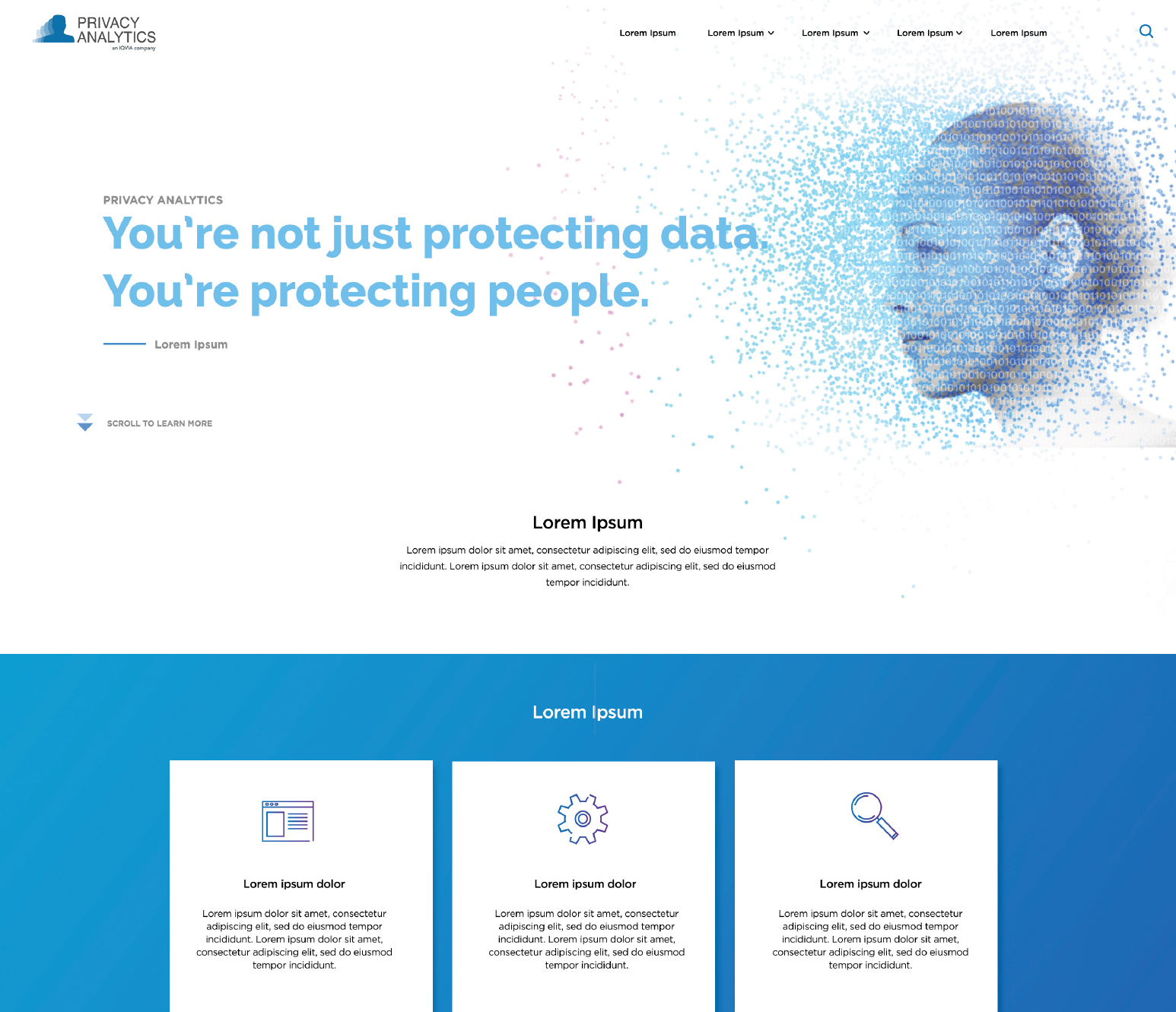When Google makes a change, the whole world follows. Or, in this case, nofollows.
In early September, Google announced they’re changing how they identify nofollow tags starting March of 2020. That’s right. One of the most fundamental aspects of SEO is changing. This is something all marketers need to recognize and understand. To better understand where we’re headed, we first need to understand where we’ve been.
What is backlinking and the nofollow tag?
Backlinking is when a website links to another web page, whether with web copy, a call to action button, a post comment or something else. When Google ranks web pages for SEO, a backlink acts as a vote in favour of the linked website’s SEO ranking. Because of the value that backlinks afforded, they were subject to abuse. SEO scammers were backlinking to their own sites in the comment sections of other web pages, essentially boosting their SEO on behalf of others.
So in 2005, Google invented the nofollow tag. With some basic web skills, the nofollow tag could be attached to a link and would signal to Google’s algorithm to ignore the links they accompanied. For marketers, this helped them avoid link penalties with Google believing they were selling influence or were involved in backlink scams. For scammers, the nofollow tag meant they had run out of luck.
That is, until now.
What is Google changing?
Since their inception, nofollow tags have had absolute power–that is, if Google’s algorithm found a backlink with a nofollow tag, their algorithm had to ignore the link. That’s all changing.
Two months ago, Google announced an amendment to the rules so nofollow tags will now be considered ‘strong hints’ rather than direct orders. That means Google now gets to decide which nofollow tags hold water and which do not.
In addition, Google is adding two more tag options to their repertoire: the sponsored tag and the user generated comment (ugc) tag. The sponsored tag identifies links that were created for advertising, sponsorships or similar agreements. The ugc tag identifies links that appear within user generated content, such as comments and forum posts. Identifying both types of links will stop marketers from avoiding link penalties (just like the nofollow tag) and will help Google better understand the nature of all links.
That said, if nofollow tags have been successful in eliminating SEO malpractice, why change them?
Why did Google change nofollow tags and add two more?
All of these changes will help Google gain more flexibility in understanding the web and its tightly-woven network of links. All links contain valuable information. Google’s functionality depends on access to this information. Having access to more of it and the knowledge of how it all fits together allows Google to improve their search capabilities. Analyzing every backlink will help them understand linking patterns and stop them from losing valuable data.
How does the change affect marketers?
Why give SEO strategists and marketers the power to use nofollow tags if they may get penalized anyway? Their time will be wasted planning and tagging with nofollow tags if Google decides in the end that they’re invalid. Also, since tags will only be a ‘strong hint’, SERP scammers from 15 years ago might be off the hook again.
The other side of the coin is that these changes will ultimately benefit users, no matter how much they frustrate marketers. Google will have more control of the information users receive which means there will be more control over misinformation. And, these days, that might be a good thing.
Find out more about Google’s changes in their announcement blog post.




RECENT POSTS
Universal Adjustable Neck Mount. Wow, that’s a mouthful.
KOOZBALL
COVID VS Creativity